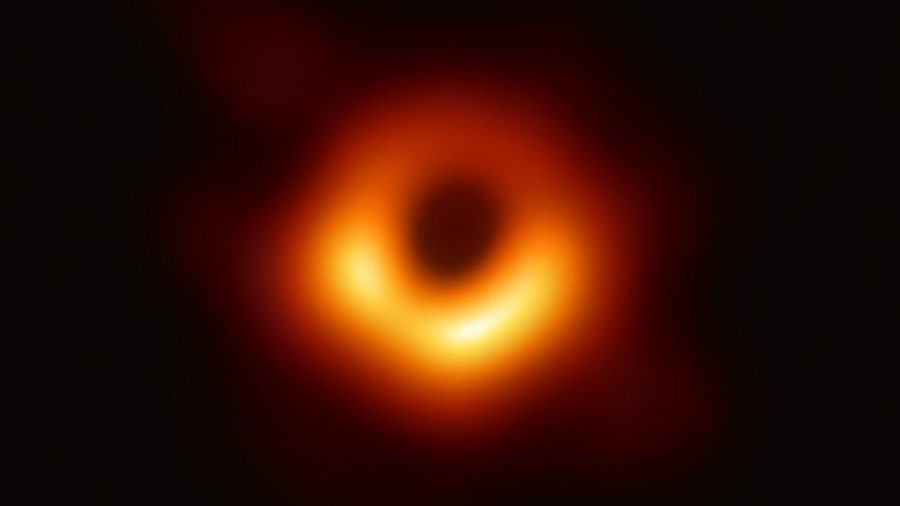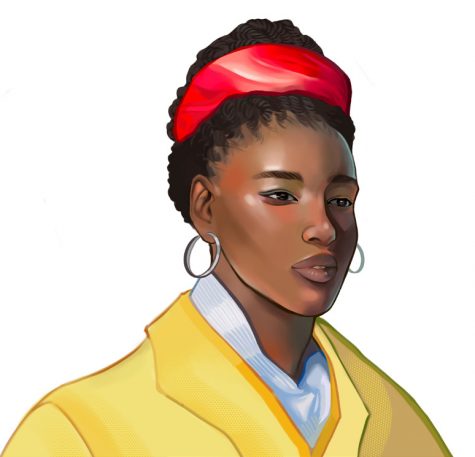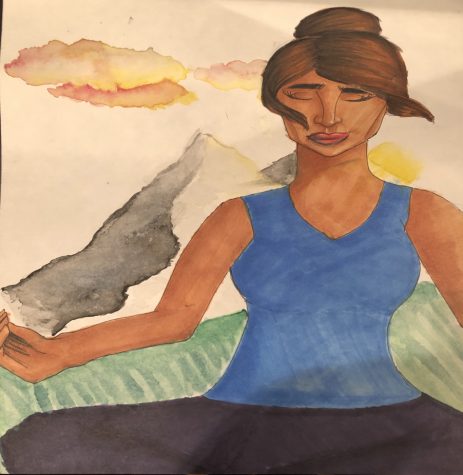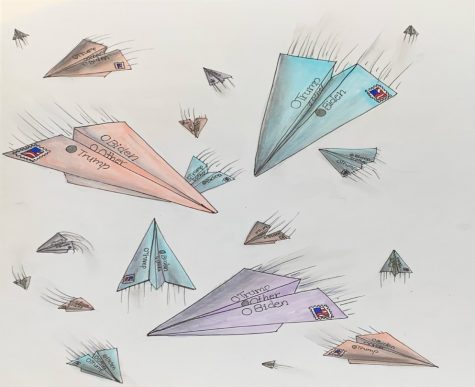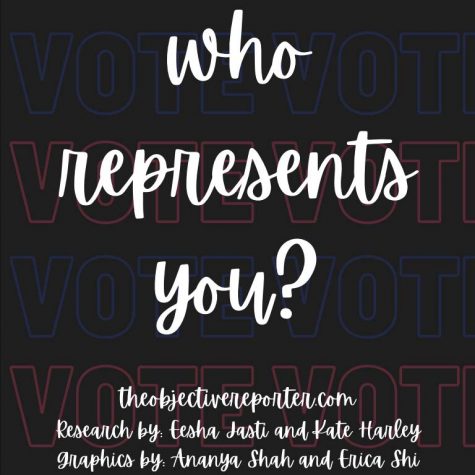The Black Hole
May 19, 2019
For the first time ever, the humans captured a black hole in a photograph. Black holes are defined as being actually nothing. Annie Gill (’22) provided her thoughts on the recent exploration.
“It’s astonishing that technology has progressed so quickly in the past few decades and even more astonishing that human stupidity has progressed so far that we’re only focusing on how blurry it is.”
In contrast, many experts believe that such a blurry photo of is an incredible feat. Up until now, it was impossible to photograph a black hole, mostly due to the enormous gravitational pull which prevents light from escaping. Some compared the experience to taking a picture in the dark of complete and utter darkness or trying to photograph a giant vacuum as it pulls.
Scientists were able to take the photograph thanks to the Event Horizon Telescope, symbolically named after the only photographable part: the silhouette of the perimeter of a black hole. The Event Horizon Telescope consisted of eight telescopes in observatories situated around the globe, basically forming a virtual Earth-sized telescope. Together, they worked to collect data on a black hole inside the galaxy M87.
When the time came to collect data, the weather conditions had to be perfect at the exact same time in eight different spots around the world. The data collected from each telescope was too big to be sent over the internet. Rather, it had to be transported by airplane so the scientists could start processing all the relevant information in a central location.
Katie Bouman, who has been in the news recently as one of 200 people who worked on the Event Horizon Telescope, led the development of algorithms to piece together the data into an image in an unbiased way. She and the group of scientists went to extreme lengths to make sure the black hole was an actual ring. They separated into teams with no communication in order to come to individual conclusions.
Katie Bouman still remains in the spotlight as one of leading scientists. The need for a female scientist as a role model has launched a media frenzy. Bouman’s excitement over her work shows girls what it truly means to be a woman in science. Leya Fern King (’21) reflects this sentiment.
“The first photo taken of a black hole is a profound scientific advancement, made even more spectacular by Katie Bouman’s role in the capturing of the image,” King said. “Women have been historically left out of scientific endeavors, so that fact that a female scientist is behind the algorithm for the photo is monumental.”
To reflect King’s words, this female representative of science will open the doors of the scientific community to more women. If not, then Bouman may at least inspire girls who never thought they could be scientists. Regarding the Black Hole, many experts in the science community look forward to learning more about it.
